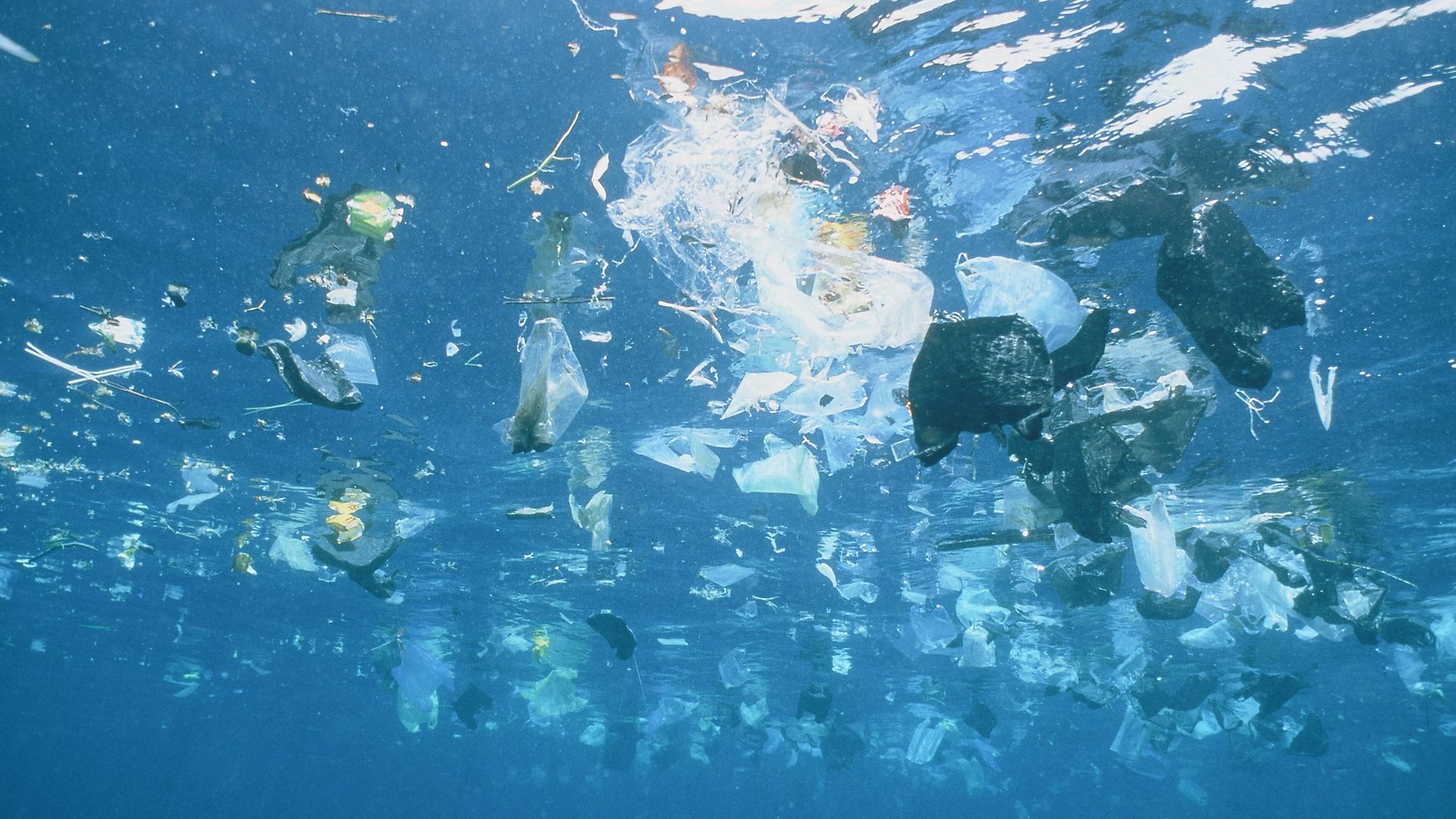
A January study caught the public’s attention – researchers found that the average one liter bottle of water contains 240,000 tiny pieces of plastic.
But that information barely scratches the surface of the plastic problem that goes to the cellular level, and Congress wants to do something about it.
A recent hearing in the Environmental and Public Works Committee explored how plastic is literally everywhere.
Sen. Jeff Merkley, D-OR: “On top of mountains at the bottom of the sea, and the food we eat in the air we breathe, in drops of rain, and even drops of our own blood. Microplastics have been found in our livers, our lungs and the breast milk we feed our babies.”
It gets there through the containers that hold our water and food, clothes and household appliances, like dishwashers, and the plastic lining around detergent pods.
Sen. Jeff Merkley, D-OR: “Like people shed skin cells, plastics shed particles of plastics.”
As the expert witnesses explained, it’s a circle. We consume nanoplastics, it goes through our system, and we go to the bathroom. That wastewater is treated and turned into biosolids that are sent to farms.
Sherri Mason Ph.D. Director of Sustainability Penn State Behrend: “This application allows plastic particles within the sludge to be re-released into nearby waterways as runoff or moved through the soil into the groundwater.”
The plastic in our system can have negative health effects which are still being researched. But the chemicals on plastic are already known to be carcinogens, endocrine disruptors and lead to insulin resistance.
Susanne Brander, Ph.D. Associate Professor Oregon State University: “Formulations of plastics are estimated to use upwards of 13,000 chemicals and microplastics are widely documented to harm aquatic and terrestrial wildlife. They can slow growth alter behavior and cause reproductive disruption. They also call it has adverse effects in mammals and particle presence is now confirmed in the human heart placenta and lung tissues as well as in circulation in the bloodstream.”
The purpose of this hearing was not just to learn about the problem, but to figure out how to stop plastics from entering the environment in the first place and filter out what’s already there.
The witnesses said it starts at the macro level with a recycling and waste plan.
Sherri Mason Ph.D. Director of Sustainability Penn State Behrend: “You don’t tackle this problem when you’re dealing with something that’s nano sized. You deal with it when you’re talking about something that’s big,”
Brent Alspach, Vice President & Director of Applied Research, Arcadis: “We really don’t have very good understanding about the occurrence of nano plastics in the environment and our water supplies. And until we understand that occurrence, we really can’t conduct meaningful treatability or toxicity studies to really understand in turn how we should take action about microplastics.”











